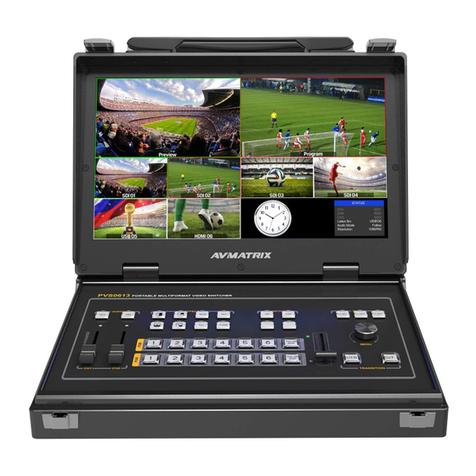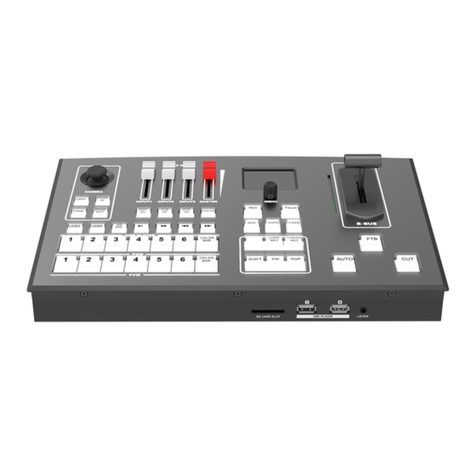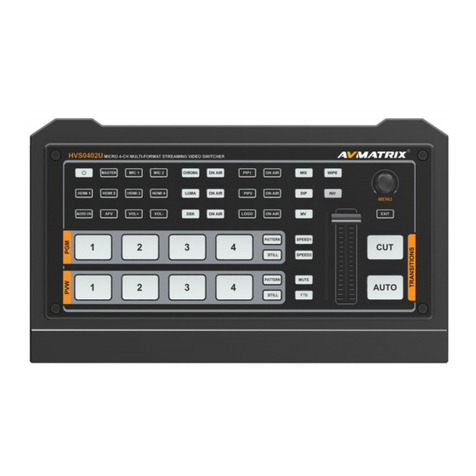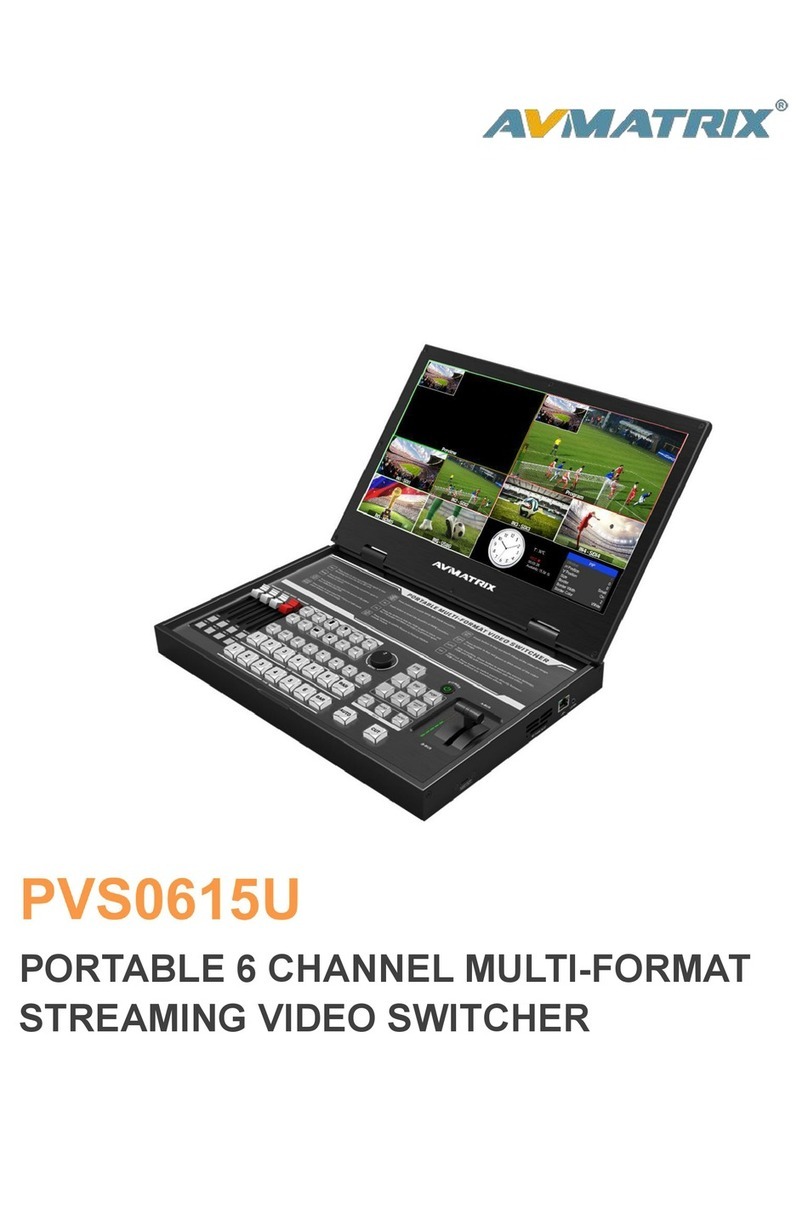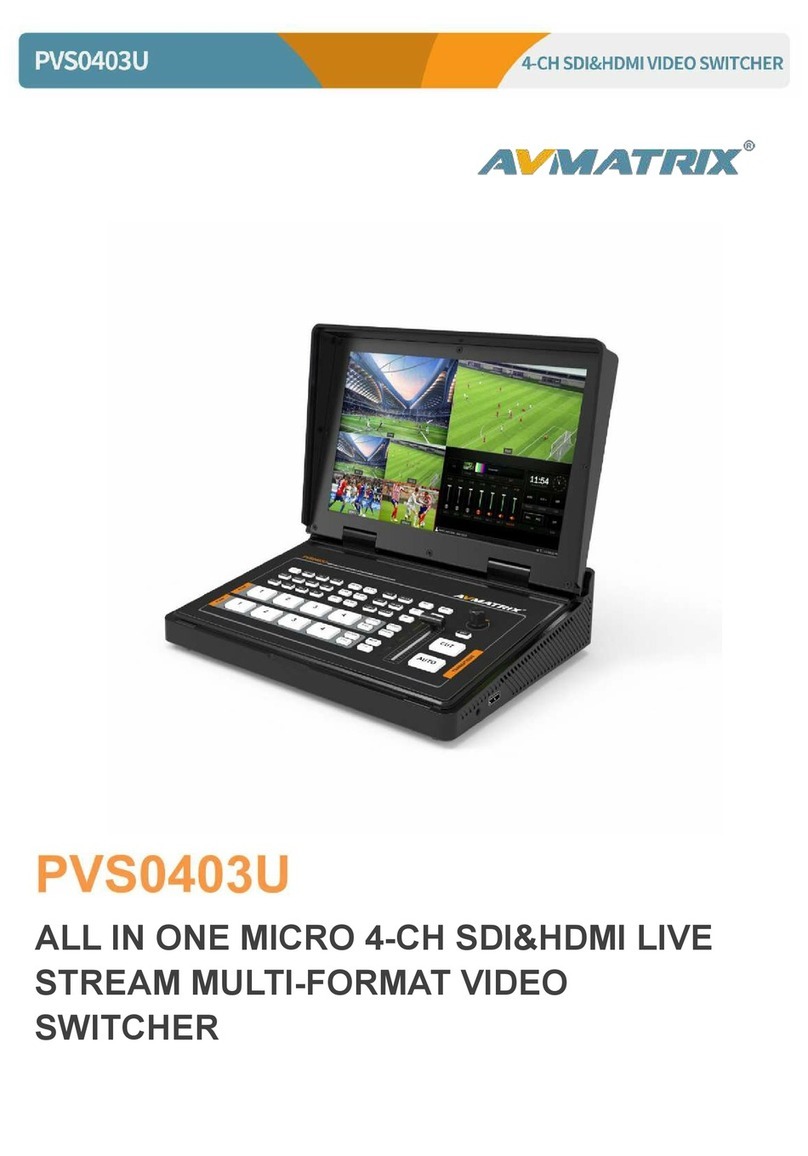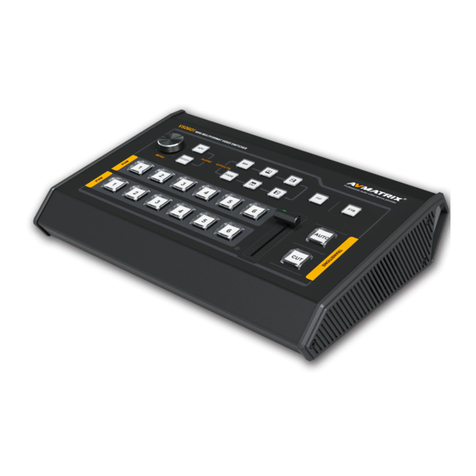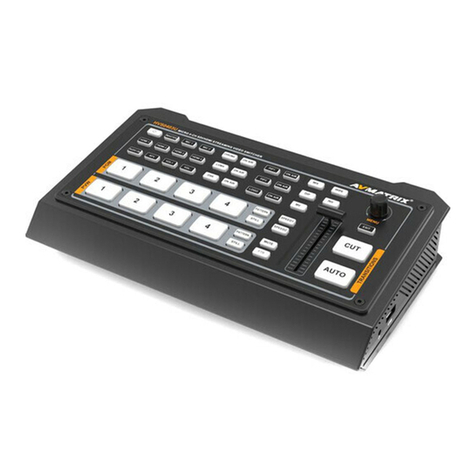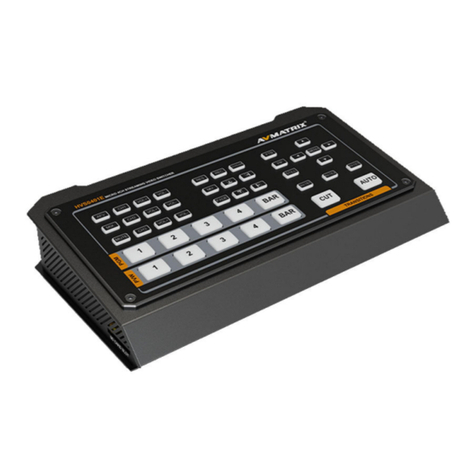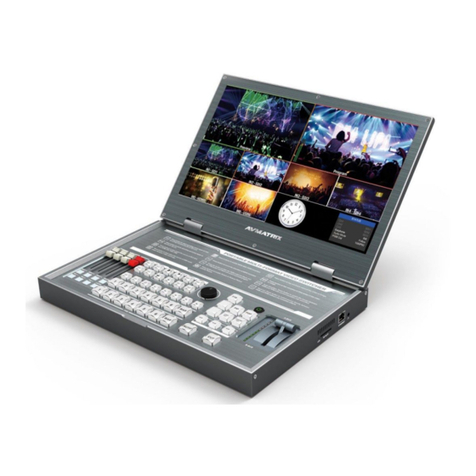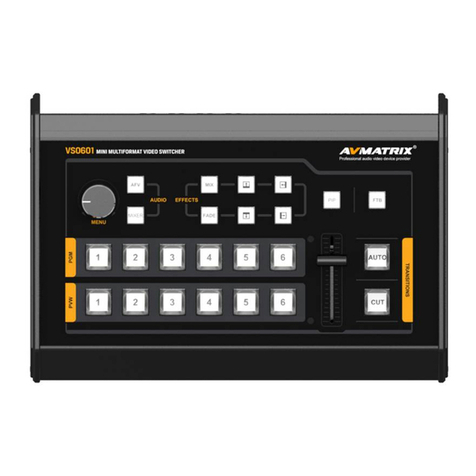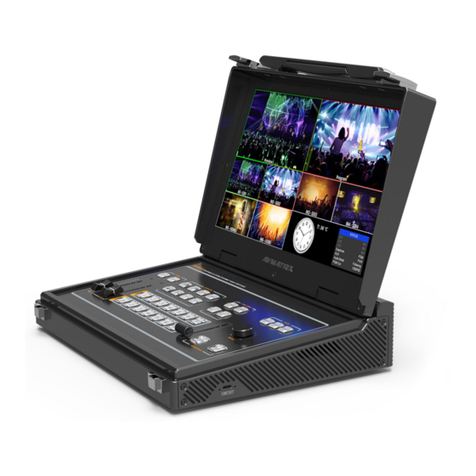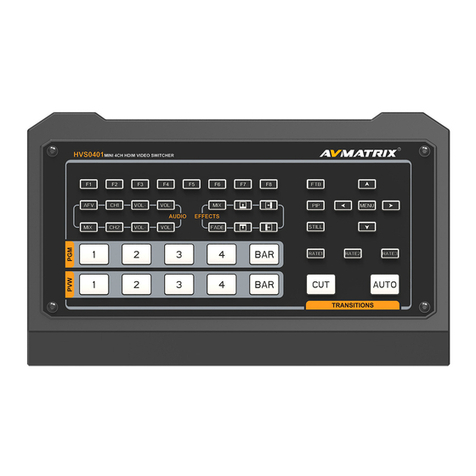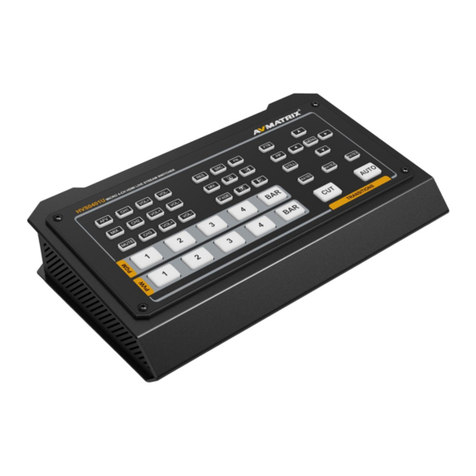
10.2. LOGO.......................................................................................................................................................19
11. OUTPUT SETTING ........................................................................................................................19
11.1. Output Interfaces ................................................................................................................................... 19
11.2. Multiview Out.......................................................................................................................................... 20
11.3. PGM Out ................................................................................................................................................. 20
11.4. USB Out .................................................................................................................................................. 20
11.5. Output Format Setting ...........................................................................................................................21
11.6. FTB...........................................................................................................................................................22
12. AUDIO SETTING ........................................................................................................................... 22
12.1. Master Audio ...........................................................................................................................................22
12.2. Audio On (MIX) .......................................................................................................................................23
12.3. AFV .......................................................................................................................................................... 23
12.4. Audio Delay .............................................................................................................................................23
12.5. MIC...........................................................................................................................................................24
12.6. Earphone .................................................................................................................................................24
12.7. Audio Keyboard Configuration .............................................................................................................25
12.8. Mute ......................................................................................................................................................... 26
13. MEDIA LIBRARY .......................................................................................................................... 26
13.1. PVW Pattern & PGM Pattern ............................................................................................................... 26
13.2. User-defined Color Pattern ...................................................................................................................26
13.3. Image Setting ......................................................................................................................................... 26
14. SYSTEM SETTING ........................................................................................................................28
14.1. Language ................................................................................................................................................ 28
14.2. Fan Setting ..............................................................................................................................................28
14.3. System Reset ......................................................................................................................................... 28
14.4. Download ................................................................................................................................................ 28
14.5. Version .....................................................................................................................................................28
14.6. Time Setting ............................................................................................................................................28
14.7. Network Setting ...................................................................................................................................... 29
14.8. User Setting ............................................................................................................................................ 29
